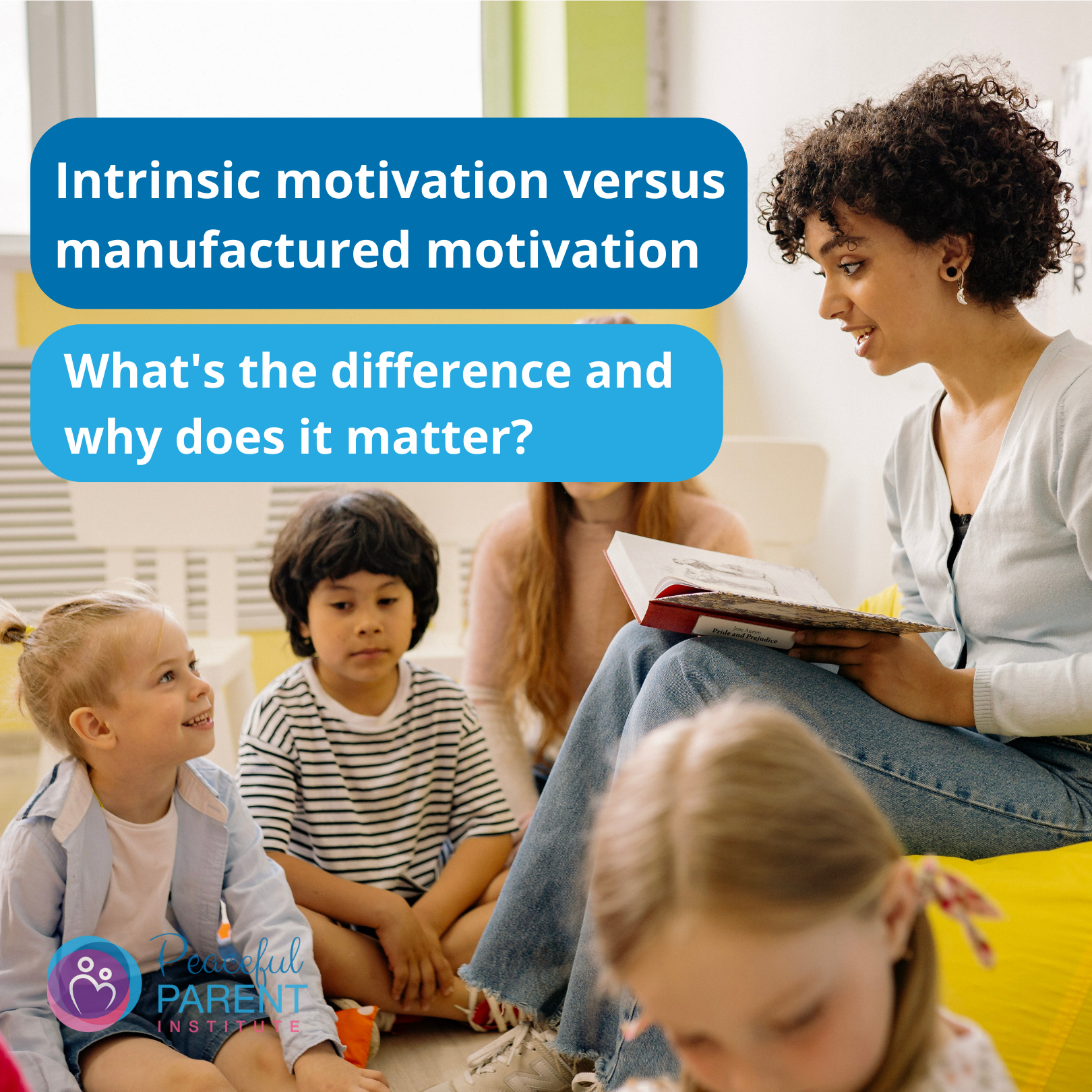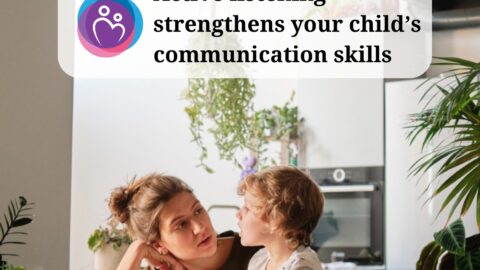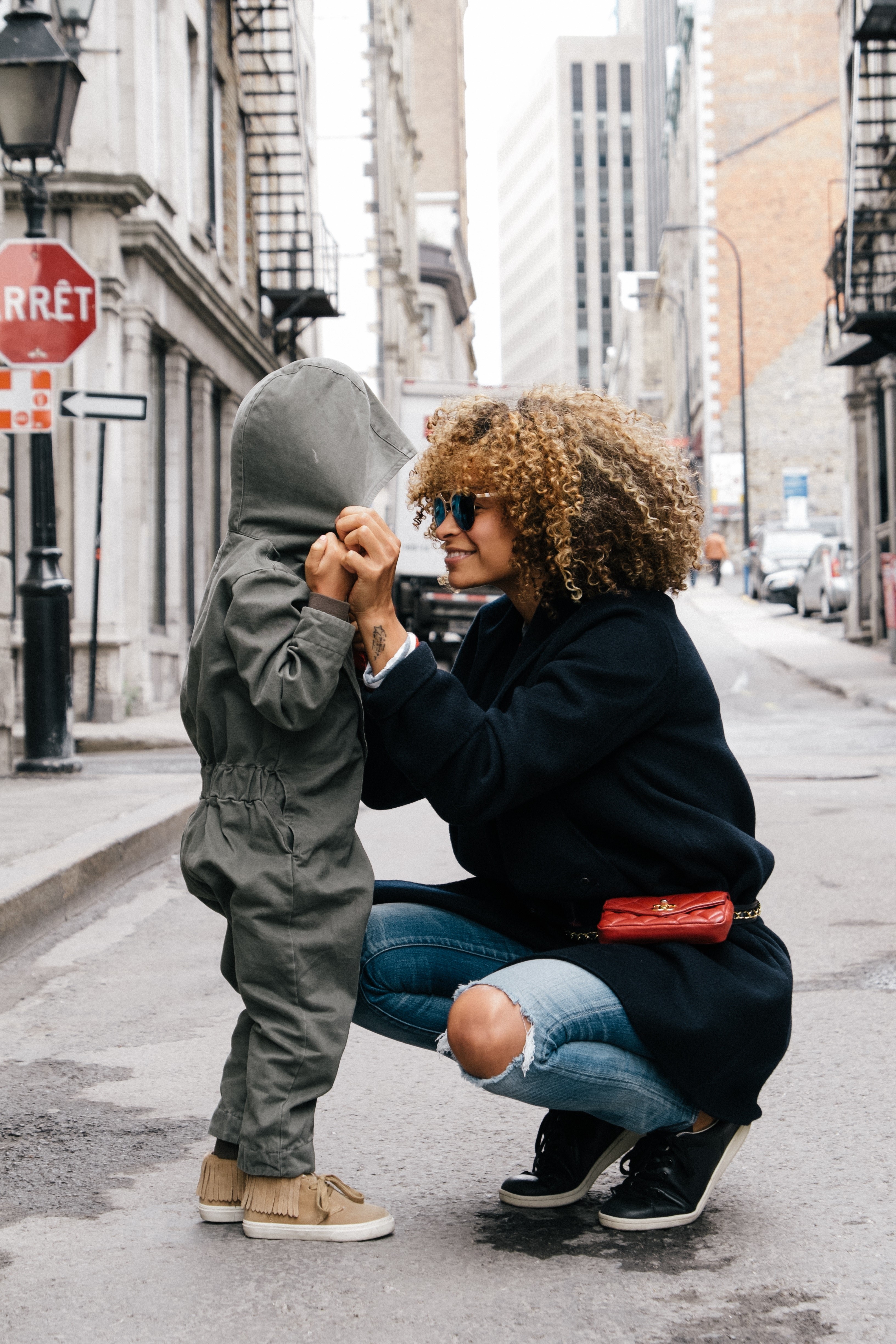Table of Contents
 Intrinsic motivation versus manufactured motivation
Intrinsic motivation versus manufactured motivation
Like many of us, I passionately believe that children need and deserve to feel secure that they will overall be treated with care and compassion in their learning environment. Most teachers I work with value maintaining care and compassion in their classrooms. They know the value of fostering the child’s intrinsic motivation. They truly want children to feel secure and enjoy their learning, yet struggle to hold this when facing the challenges of disruptive, chaotic, unfocused or even aggressive behaviour.
A positive shift towards valuing emotional and social development
Most of us, hopefully, have experienced a steady movement in a positive direction in recent years and decades of valuing children’s emotional and social development, not just academic achievements. We want children to be not only treated with care and compassion, but to also learn through witnessing their fellow students and indeed their teachers also being treated with care and compassion.
Is there room for parents, and educators, to place an even higher value on co-creating more caring and compassionate learning environments? In our schooldays we know how troublesome kids were dealt with. But, knowing what isn’t okay is only the start. Often there is a pendulum swing away from punishments which results in a passive, permissive approach. Teachers avoid engaging with certain tricky issues and instead encourage the kids to sort it out amongst themselves. Yet to manage upsets, develop communication skills and figure out what kids can do differently, support is mostly needed.
Disruptive behaviour can provide rich learning opportunities
Whether dealing with kids being disruptive, not engaging in their work or any number of challenges, teachers are likely to find more constructive solutions and resolutions when seeking to identify the unmet needs of the children. We need to keep moving away from shaming children and making them wrong. To instead, tuning into their needs and finding ways to support each individual.
It’s not just about stopping the kids from doing what they shouldn’t do and making them focus on their learning. That child no longer hurting other children might be the outcome you’re hoping for. Yet how you approach this problem makes all the difference.
You might like to read my article: The Peaceful Parenting approach to kid’s conflicts.
Much of the learning, in fact lies in constructively facing the emotional and social challenges that are abundant amongst any group of children. Teachers who have a high value of the rich learning children gain when helped through these emotional and social challenges are likely to extend more patience in dealing with the “disruptions”. And the more confident and skilled they are in dealing with the social and emotional challenges, the easier it is for the teacher to manage their own stress levels that get triggered when dealing with stressed upset children.
How can teachers or parents create a culture of genuine respect and support?
If teachers or parents blame and shame, that’s the culture that is established. Children will not only themselves blame and shame, but will feel justified in doing so. Expecting better from our children will lead to endless frustration and upsets. They identify, or at least sense, such hypocracy and it erodes trust and respect between adults and child.
Alternatively, powerful modelling comes from maintaining respectful, warm and compassionate communication, even when expressing boundaries. When teachers respond to problems using effective problem-solving and communication skills they’re teaching (through their modelling) communication skills the children can themselves use in their daily challenges.
It helps when the adult is curious and invites the child to be curious about what might work better. When the adult listens to problems with genuine care and interest. Teachers can struggle to give the time to engage with more care, curiosity and presence. Yet greater harmony and less disruptive behaviour is the result of time invested.
The power of self-motivation
We humans really do have an outstanding endless desire to follow our curiosity and to keep learning. Search engine technology has exploded to meet the insatiable needs of internet users to find answers to their questions, to compare different answers from different sources, to compare what they find with what they were guessing to be possible answers to their questions. We are driven by our values and desires to achieve and then meeting all the needs that lead to achieving our goals. We are driven to achieve greater confidence and competence in the areas that engage us the most. We are driven to achieve greater peace of mind and peace of heart and innately know that to achieve these goals, we need to keep conquering that which holds us back.
Endurance
To achieve the prized outcome of meeting goals, it’s incredible what humans put ourselves through. In our family, we recently went through a phase of watching videos by people who have undertaken incredibly challenging endurance events. From adventure racing and rock climbing, to solo treks for weeks on end in the great outdoors. And, of course, every family is aware of the endurance challenges of bringing a child into the world and raising them!
We humans often willingly take on challenges that require incredible endurance and pain that would be considered cruel and abusive if it was imposed by another. We gain the energy, the grit and the motivation to endure by consistently keeping our minds set on the end goals we desire to achieve with all our heart and might.
As author Haim Ginott wrote decades ago…
“As a teacher, I possess a tremendous power to make a child’s life miserable or joyous. I can be a tool of torture or an instrument of inspiration. I can humiliate or humor, hurt or heal. In all situations, it is my response that decides whether a crisis will be escalated or de-escalated, and a child humanized or dehumanized.”
Thriving in the learning environment
The more a student has a sense of their fellow students and teachers having care and compassion for them, the better. This not only sets the child up for success, but is an essential element to them thriving in that environment. When the child feels care and compassion from those around them, it becomes much easier for the child to maintain their dignity. This leads to a more positive (and indeed compassionate) relationship with themself.
Learning involves a lot of striving, stumbling and indeed failing before we achieve each goal. To maintain the spirit of viewing ourselves as working towards achieving goals, we need self-compassion. Otherwise, the success or failure of meeting our goals is how we view ourselves.
What do teachers need to have the generous warmth of heart to hold compassion for their students? Even when they’re not on target to achieve their goals or indeed disrupting others?
What teachers need
To be set up for success, teachers also need their colleagues (and administration) to treat them with care and compassion. There are no easy or simple solutions. I strongly believe that there are important questions that we need to be asking to keep moving in the right direction:
- Is the learning environment one where adults and children experience enough care and compassion?
- What changes when they do experience care and compassion for their struggles and their striving?
- When their struggles and striving receive a serious lack of compassion, how are they impacted?
- What might be needed to release teachers and students alike from the endless stress cycles and power struggles?
Surely it sounds too idealistic, unrealistic, and frankly unachievable for the teacher struggling to keep up with the endless tasks and challenges of their days? But, even opening this questioning can bring more care and compassion to a tense situation.
Our children truly are our future. How we treat our children truly determines the world we’re co-creating for the future. We all need to be brave advocates of their needs even when it means challenging the status quo.
The teacher’s role
Whether learning to make and fix physical things, or overcoming limiting core beliefs, we are driven to seek ideas and experience from those who have walked a similar path and may have some wisdom to help us achieve our goals. Hence, the age-old relationship between the teacher and student. The teacher guides the student on a similar path that the teacher has walked.
But what truly is the role of the guide or teacher? Is it to evaluate, criticise and impose consequences for failure to meet goals? Parents and teachers alike best support the child’s intrinsic motivation when they can be a supportive guide and coach to children as they struggle and strive to achieve the goals that the child themselves genuinely value.
Intrinsic motivation
With the spirit of persistence to endure strife and suffering for achievement, let’s focus on our children. How hard does the child work in their mission to learn to crawl, to walk, to talk? Every game they enjoy playing involves developing skills and overcoming obstacles. Learning to ride a bike, swing on a swing, swim or conquer those monkey bars… it all requires endless hours of trying, trying and trying again until each incremental next step is achieved. When the child has a self-generated intrinsic motivation to conquer a skill, it’s astounding how much energy and focus they draw on to maintain the required persistence.
Now, think about learning to hold a pencil and write, learning to read, learning to add and subtract. Does the same spirit of adventure and a burning desire drive children here? Are they consumed with the same intensity as that desire to conquer the monkey bars, ride their bike or that skateboard trick? Or would some children feel released and super enthusiastic to run outside and get back to their passions as soon as they are released from their “learning tasks”?
Manufactured motivation
Teachers and parents know that many, if not most, children are not being driven by intrinsic motivation to achieve their school tasks. But the link isn’t always made that this results in a lack of passionate enthusiasm and hence grit and persistence to apply to their tasks. The lack of intrinsic motivation puts the teacher and student alike in a very difficult situation. The child knows the adult wants them to not only achieve their tasks, and to do so enthusiastically. The child doesn’t feel enthusiastic. The adult has to somehow keep figuring out how to manufacture the motivation needed to keep the child on task. And this is where it’s all too tempting to rely on motivating children through fear and desire, be it the desire to be in the top 30% of the class when tested or the fear of embarrassment and possible criticism of being in the bottom 30%.
Is there another way?
What if the child achieving their learning goals and tasks could happen in a way that the child was following their intrinsic motivations to conquer skills and achieve goals that they have themselves set and are excited about? How can this be achieved in a classroom with a large group of children with only one teacher guiding and supporting them? How can this be achieved in homes?
There are many schools around the country (New Zealand) and around the world that have been highly focused on creating compassionate and creative learning environments who have much for us to learn from. How can teachers engage children in ways that meet more of the child’s needs? Hence avoiding the vast majority of disruptive behaviours that result from children feeling trapped, stressed and coerced.
Summarising the key elements to supporting the child’s intrinsic motivation to learn
- Children are more motivated to engage with adults when they’re warm, kind, fun, funny, supportive, flexible and compassionate. They learn best when they feel safe, secure and connected. Without the secure connection, children are often in the stress response, and unable to think clearly.
- Children are naturally much more motivated when they feel safe to share their thoughts and feel valued for their contributions. Value expressed through a star on a star chart or a better result in a test is a poor substitute for a child feeling genuinely seen, heard and valued.
- Children are more motivated to keep overcoming obstacles when they feel cared for and compassion expressed for their struggles and their striving.
- Children are much more motivated when physical movement is involved.
- Children are more motivated when they can engage or soothe their senses in a way that’s enjoyable. Nature naturally provides for so many of the child’s needs.
- Children’s brains light up when their curiosity is evoked.
- Children become inhibited when they sense the adult is evaluating their progress. Instead adults can tune into and support the child’s feelings about the activity, is the child happy or frustrated with the outcome of their endeavours? Create a safe space to hear and hold their striving.
Our children and teachers alike deserve for their days to be filled with the happiness that warm and harmonious relationships bring.
Genevieve Simperingham is a Psychosynthesis Counsellor, a Parenting Instructor and coach, public speaker, human rights advocate, writer and the founder of The Peaceful Parent Institute. Check out her articles, Peaceful Parenting eCourses, forums and one-year Peaceful Parenting Instructor Training through this website or join over 90,000 followers on her Facebook page The Way of the Peaceful Parent.








